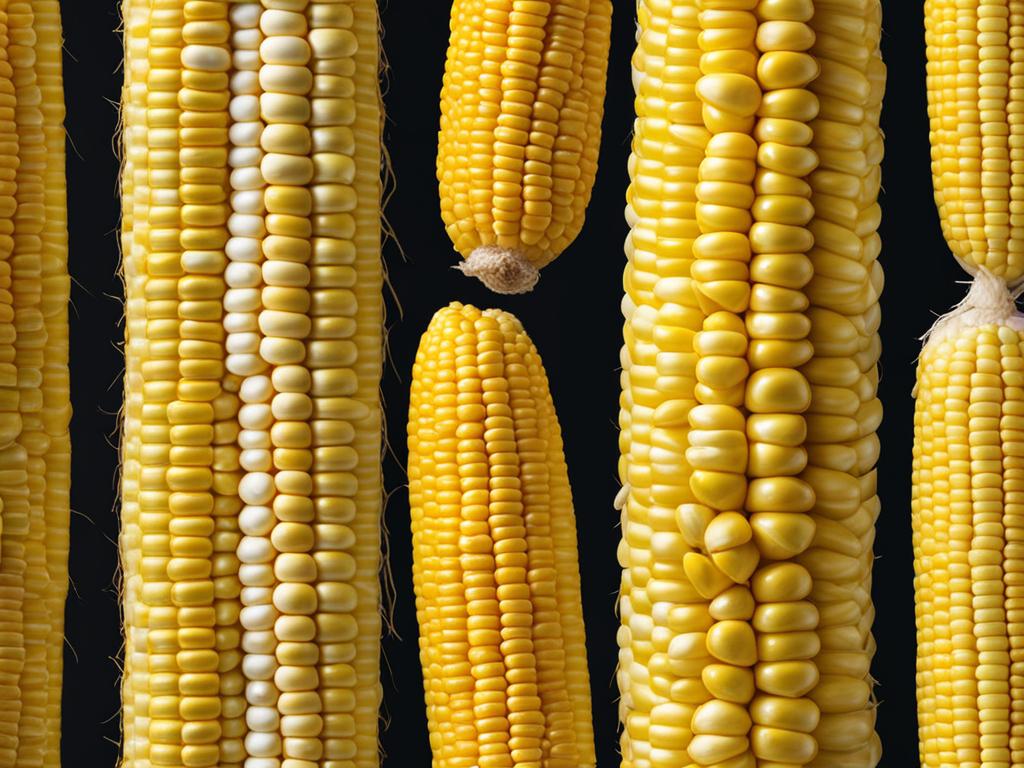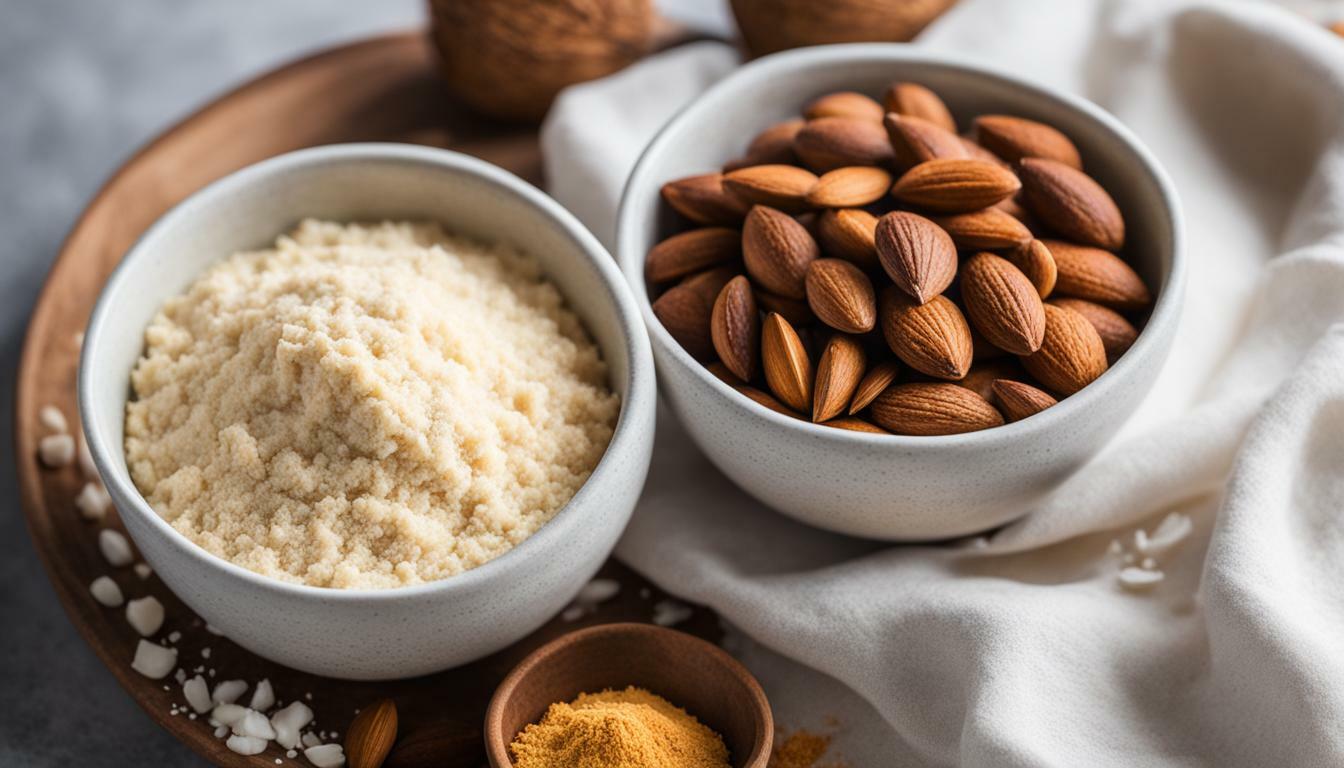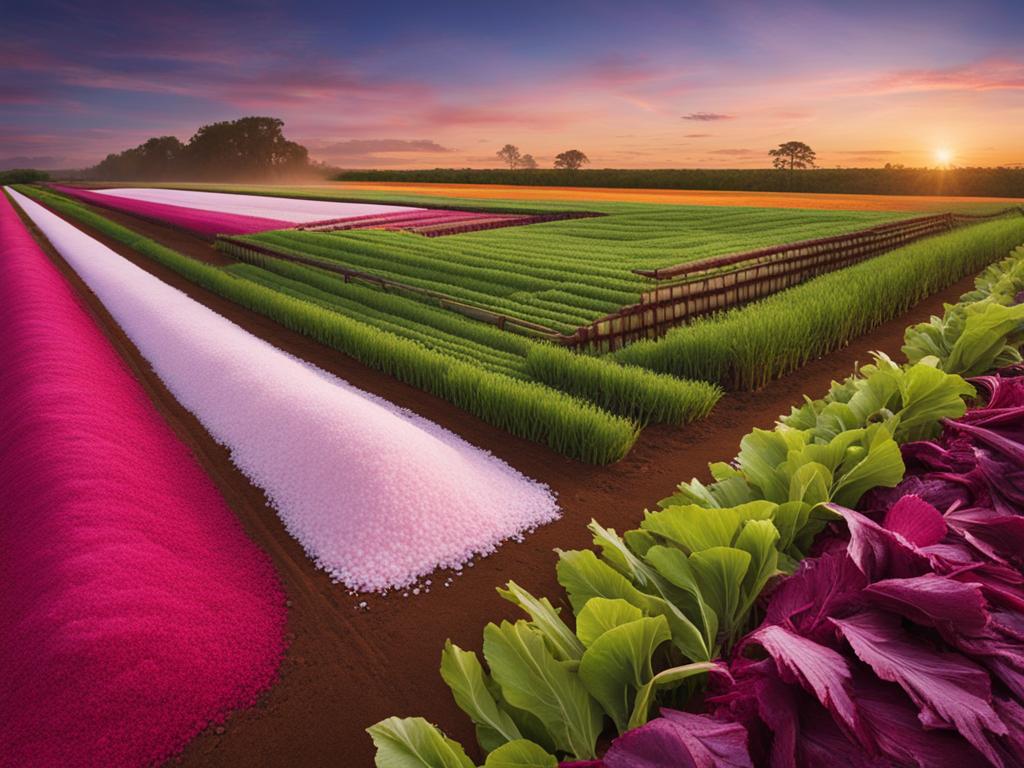Sweet corn and popcorn are two popular types of corn that have distinct differences in their characteristics, taste, and uses. While sweet corn is primarily consumed off the cob and is known for its sweetness and tenderness, popcorn has a hard exterior shell and a starchy center that pops when heated. Sweet corn is typically harvested when the kernels are at their peak tenderness, while popcorn is harvested when the plant turns brown and the moisture in the ear is less than 25 percent to ensure proper popping. Both types of corn have nutritional benefits, with sweet corn being rich in vitamin A and popcorn being a whole grain. Understanding the differences between sweet corn and popcorn can help you choose the right type of corn for your culinary needs.
Key Takeaways:
- Sweet corn and popcorn have distinct differences in taste and texture.
- Sweet corn is primarily consumed off the cob, while popcorn is known for its popping properties.
- Sweet corn is harvested for tenderness, while popcorn is harvested for popping.
- Sweet corn is rich in vitamin A, while popcorn is a whole grain.
- Understanding the differences can help you make informed choices when cooking or snacking.
Types of Corn: Dent Corn, Sweet Corn, and Popcorn
In the United States, three main types of corn are widely cultivated: dent corn, sweet corn, and popcorn. Each type has its own distinct characteristics and uses.
Dent Corn (Field Corn)
Dent corn, also known as field corn, is the most commonly grown type of corn. It is primarily used for animal feed but also has various industrial uses, such as in the production of ethanol and corn syrup. Dent corn kernels have a dent or depression on the crown of the kernel, giving them their name. This type of corn is typically harvested when it is dry, and it can be either yellow or white.
Sweet Corn
Sweet corn is bred for its sweetness and tenderness, making it a popular choice for human consumption. Unlike dent corn, sweet corn is harvested when the kernels are at their peak tenderness, before they have fully matured and dried out. Sweet corn is typically consumed off the cob and is commonly used in salads, salsas, and side dishes. It can also be canned or frozen for long-term storage.
Popcorn
Popcorn is a unique variety of corn that has a hard, moisture-resistant hull and a starchy center that pops when heated. This type of corn is specifically grown for making freshly popped popcorn. Popcorn kernels are harvested when the plant turns brown and the moisture in the ear is less than 25 percent, ensuring optimal popping. Popcorn is a popular snack food and can be flavored with various seasonings for added taste.
Understanding the different types of corn can help you choose the appropriate variety for your specific needs, whether it’s feeding livestock, preparing a delicious meal, or enjoying a tasty snack.
The Science Behind Popcorn Popping
Popcorn popping is a fascinating process that involves the unique structure of the popcorn kernel. Unlike other types of corn, the hull of a popcorn kernel is non-porous and traps steam when heated. When the steam creates enough pressure inside the kernel, it explodes, turning the kernel inside out and releasing the fluffy, popped corn. The popping temperature for a popcorn kernel is around 347 degrees Fahrenheit. This scientific phenomenon is the reason why popcorn is the only type of corn that can pop. Understanding the science behind popcorn popping can help you appreciate the magic that happens when you make a bowl of freshly popped popcorn.
The popcorn kernel consists of three main parts – the hull, endosperm, and germ. The hull is the hard, outer layer of the kernel that protects the inner parts. It is made up of a strong, moisture-resistant substance. The endosperm is the starchy center of the kernel that provides the energy for the germinating seed. It is surrounded by a thin layer of water that turns into steam when heated. The germ, which is located at the base of the kernel, contains the genetic material and nutrients needed for the seed to grow into a new plant.
When popcorn kernels are heated, the moisture inside the kernel turns into steam, creating pressure. The steam is trapped within the non-porous hull, causing the pressure to build up. Once the pressure reaches a certain point, the hull ruptures, allowing the steam to escape. As the steam is released, it expands the starchy endosperm, turning it into the fluffy popcorn that we enjoy. The hull acts as a barrier, preventing the steam from escaping until the pressure is high enough to cause an explosion.
| Popcorn Popping Process | Popcorn Popping Temperature |
|---|---|
| 1. Heat the popcorn kernels in a pan or microwave | 347 degrees Fahrenheit |
| 2. The moisture inside the kernels turns into steam | |
| 3. The steam creates pressure inside the kernel | |
| 4. When the pressure is sufficient, the hull ruptures | |
| 5. The steam escapes, expanding the endosperm | |
| 6. The result is fluffy, popped popcorn |
Health Benefits of Sweet Corn and Popcorn
Both sweet corn and popcorn offer a range of health benefits. Sweet corn is known for its rich nutritional profile, making it a valuable addition to a balanced diet. It is particularly high in vitamin A, providing more than 10 times the amount found in other grains. Vitamin A plays a crucial role in maintaining good vision, supporting immune function, and promoting healthy skin and mucous membranes.
Popcorn, on the other hand, is considered a whole grain and offers its own unique set of health advantages. It is lower in calories compared to other snack options, making it a satisfying and guilt-free treat. With only 31-35 calories per cup, depending on the popping method, popcorn can be enjoyed without worrying about excess caloric intake. Additionally, popcorn is a good source of carbohydrates and dietary fiber, promoting digestive health and satiety.
Both sweet corn and popcorn also contain important antioxidants. Sweet corn is a natural source of lutein and zeaxanthin, which are beneficial for eye health. These antioxidants help protect the eyes from harmful ultraviolet (UV) radiation and may reduce the risk of age-related macular degeneration and cataracts. Popcorn, being a whole grain, contains a variety of antioxidants that contribute to overall health and well-being.
Sweet Corn Nutrition
| Nutrient | Amount per 100g |
|---|---|
| Calories | 86 |
| Carbohydrates | 19g |
| Fiber | 2g |
| Protein | 3g |
| Fat | 1g |
| Vitamin A | 187 IU |
Popcorn Nutrition
| Nutrient | Amount per 1 cup (popped) |
|---|---|
| Calories | 31-35 |
| Carbohydrates | 6-8g |
| Fiber | 1-2g |
| Protein | 1g |
| Fat | 0.4-0.6g |
Incorporating both sweet corn and popcorn into your diet can provide a range of nutritional benefits. Sweet corn’s high vitamin A content supports eye health and immune function, while popcorn’s whole grain nature and lower calorie content make it a satisfying and nutritious snack option. Enjoy these delicious and versatile corn varieties as part of a well-rounded meal plan.
Conclusion
In summary, sweet corn and popcorn are two distinct types of corn that have different characteristics, tastes, and uses. Sweet corn is known for its sweetness and tenderness, making it a popular choice for consuming off the cob or using in canning and freezing. On the other hand, popcorn has a hard hull that pops when heated, resulting in a light and fluffy snack.
While sweet corn is rich in vitamin A and is a major component in gluten-free products, popcorn is considered a whole grain, lower in calories, and a good source of carbohydrates and fiber. Incorporating both sweet corn and popcorn into your diet can provide you with a well-rounded and nutritious meal plan.
Key takeaways from understanding the differences between sweet corn and popcorn include the fact that dent corn is primarily used for animal feed, while sweet corn and popcorn are consumed by humans. Additionally, sweet corn and popcorn have distinct nutritional benefits, with sweet corn being high in vitamin A and popcorn being a whole grain.
By having a deeper understanding of the characteristics, taste, and uses of sweet corn and popcorn, you can make informed choices when cooking or snacking and enjoy the unique qualities that each type of corn has to offer.
FAQ
What is the difference between sweet corn and popcorn?
Sweet corn is known for its sweetness and tenderness, while popcorn has a hard hull and pops when heated.
What are the types of corn?
The main types of corn are dent corn, sweet corn, and popcorn.
What is dent corn used for?
Dent corn, also known as field corn, is primarily used for animal feed.
How does popcorn pop?
The hull of a popcorn kernel is non-porous and traps steam. When heated, the steam creates enough pressure inside the kernel, causing it to explode and turn inside out, resulting in popped corn.
What are the nutritional benefits of sweet corn?
Sweet corn is rich in vitamin A and is a major component in gluten-free products.
What are the nutritional benefits of popcorn?
Popcorn is considered a whole grain and is lower in calories. It provides a good source of carbohydrates and fiber.



